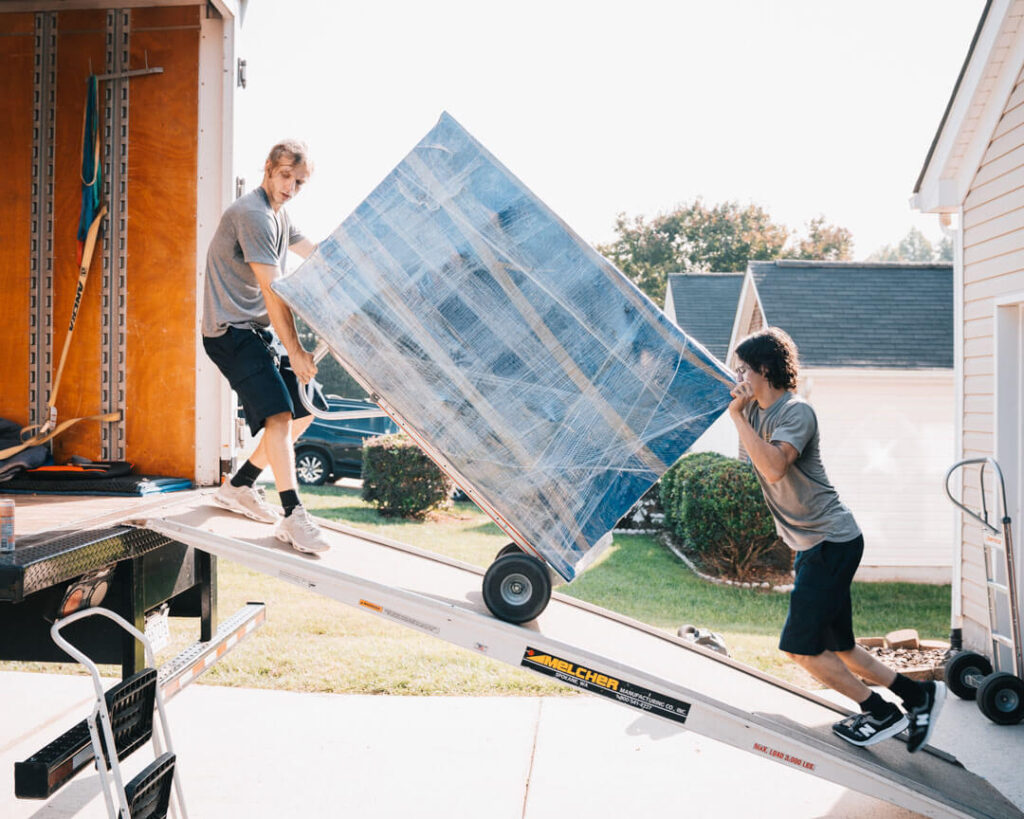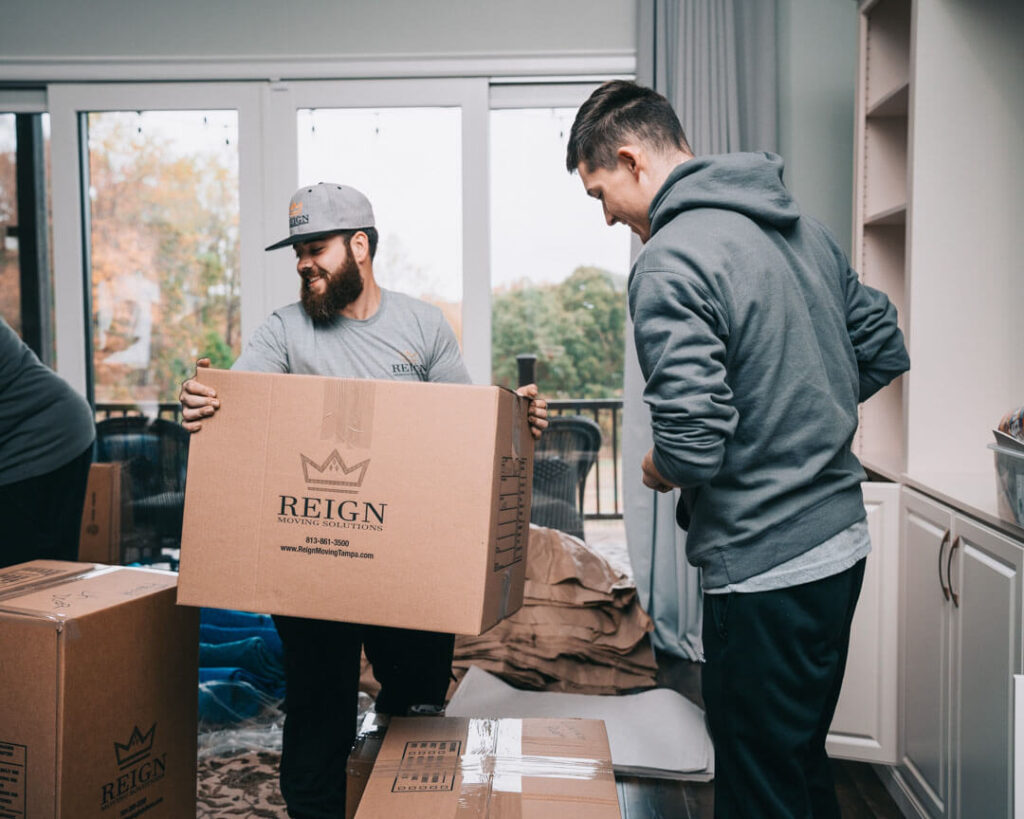Moving can be an exciting opportunity to start fresh, but it also comes with a lot of work—especially when it comes to packing. The good news? You can save time, energy, and even money by decluttering for a move before you start packing. Purging unwanted items helps you streamline your belongings, ensuring your new home is a clutter-free space. Here’s an in-depth guide on how to declutter your home before moving, with actionable tips and steps to simplify the decluttering process.
Why Decluttering Before Moving is Important
Before we dive into the decluttering process, let’s discuss why this step is essential:
- Save Money: Movers often charge based on the weight or volume of your belongings. Getting rid of unnecessary items can lower your moving costs.
- Save Time: Fewer items to pack means less time spent boxing up your belongings.
- Start Fresh: A streamlined move allows you to focus on what matters most and build a home free from unnecessary clutter.
Step-by-Step Guide: How to Declutter Your Home Before Moving
Step 1: Start Decluttering Early
The earlier you begin, the less overwhelming the task will feel. Ideally, start the decluttering process at least 6-8 weeks before your move.
- Set aside 30 minutes to an hour each day to tackle small areas.
- Use a declutter checklist to track your progress and stay organized.
Step 2: Work Room by Room
Breaking the task into smaller sections makes it more manageable. Here’s how to approach each space:
- Living Room: Focus on sentimental items and decorative pieces. Keep only those that align with your new home’s style.
- Bedrooms: Declutter clothes, shoes, and accessories you haven’t worn in a long time.
- Kitchen: Toss expired food, unused gadgets, and mismatched containers.
- Storage Spaces: Go through garages, attics, and basements. These often hold items you’ve forgotten about or no longer need.
Step 3: Sort Items into Categories
When you start decluttering, divide your belongings into four categories:
- Keep: Items you use regularly or hold significant value.
- Donate: Items in good condition that someone else can use.
- Sell: Unwanted items that can still bring in some cash.
- Trash: Broken, worn-out, or expired items that have no further use.
Use boxes or bins labeled with each category to stay organized during the sorting items phase.
Step 4: Declutter Sentimental Items
Sentimental items can be the hardest to part with. Here’s how to make decisions:
- Take photos of items that hold memories but don’t have a place in your new home.
- Keep only a select few meaningful pieces.
- If you’re struggling, consider consulting a professional organizer to guide you through the process.
Step 5: Decide What to Get Rid of When Moving
Not sure what to get rid of when moving? Here are some examples to guide you:
- Clothes that don’t fit or haven’t been worn in over a year.
- Duplicate items like kitchen utensils or electronics.
- Outdated or broken furniture.
- Unused items stored in closets or storage spaces for years.
- Old paperwork that isn’t considered important documents (shred these to protect your information).

Tips for Getting Rid of Unwanted Items
Once you’ve sorted through your belongings, it’s time to decide how to part with the unwanted items.
1. Donate to Local Charities
Clothes, furniture, and household items in good condition can often be donated to local charities. This is a great way to give back to the community while simplifying your move.
2. Host a Garage Sale
Turn your unwanted belongings into extra cash by organizing a garage sale.
- Advertise online or around your neighborhood.
- Display items clearly and price them to sell.
3. Offer to Friends and Family
Sometimes, your friends and family might appreciate items you no longer need.
- Offer sentimental or unique items to those who may have a use for them.
4. Rent a Storage Unit
For items you’re not ready to part with but don’t want to bring to your new home, consider renting a storage unit. This can help you stay organized and provide time to decide what to do with them later.
Avoid Overpacking with These Decluttering Strategies
- Be Honest: Ask yourself if each item truly adds value to your life.
- Use the One-Year Rule: If you haven’t used it in the past year, it’s likely time to let it go.
- Limit Duplicates: Keep only one of each essential item.
Decluttering isn’t just about getting rid of stuff—it’s about keeping what truly matters and simplifying your life.
How to Stay Motivated During the Decluttering Process
Decluttering can be time-consuming, but staying motivated will help you finish the task:
- Set Goals: Focus on completing one room at a time.
- Reward Yourself: Celebrate small victories, like finishing the living room or clearing out storage spaces.
- Involve Others: Ask friends and family for help to speed up the process.
Benefits of Decluttering for a Move
When you declutter before moving, you’re not just reducing the number of boxes to pack—you’re creating a smoother, more enjoyable moving experience.
- Save Time Packing: Fewer items mean faster packing.
- Lower Moving Costs: Decluttering reduces the weight and volume of your move, which can save money.
- Easier Unpacking: Arrive at your new home with only what you truly need and love.
The Bottom Line: How to Declutter Your Home Before Moving
Decluttering before a move doesn’t have to be overwhelming. By following a room-by-room approach, sorting items thoughtfully, and letting go of unwanted items, you’ll create a clutter-free environment that makes the moving process much easier.
Remember, the goal is to start fresh in your new space with items that bring joy and purpose to your life. Use this guide to simplify your move, stay organized, and make the most of this exciting transition!


